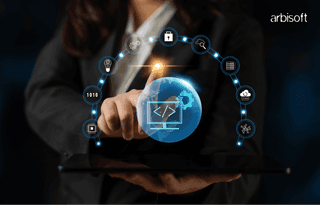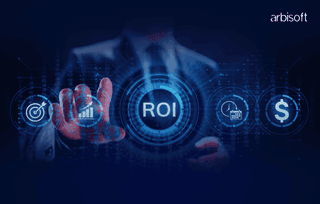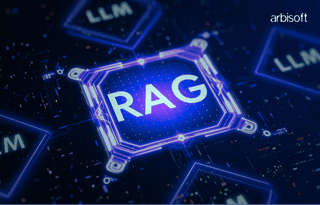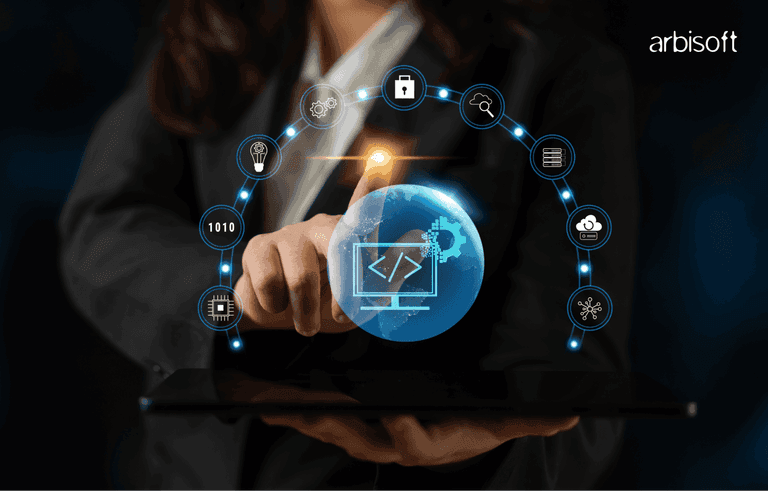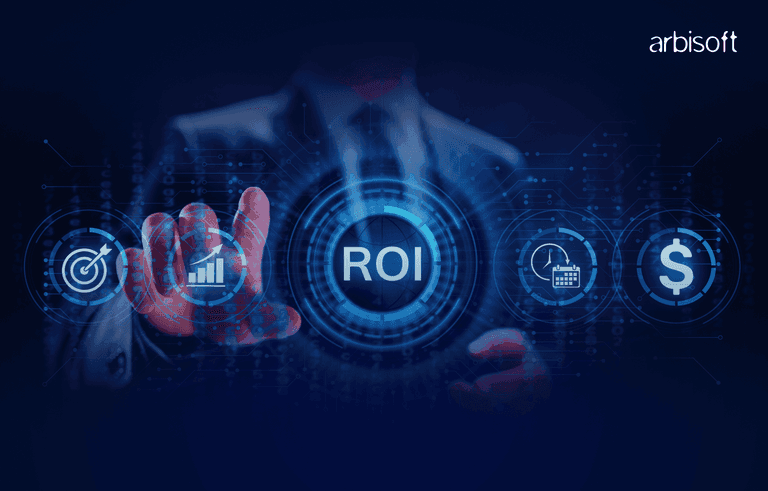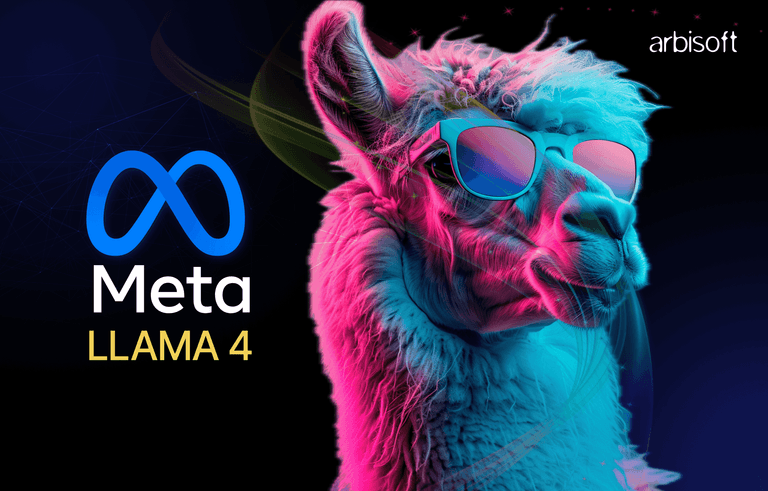We put excellence, value and quality above all - and it shows




A Technology Partnership That Goes Beyond Code

“Arbisoft has been my most trusted technology partner for now over 15 years. Arbisoft has very unique methods of recruiting and training, and the results demonstrate that. They have great teams, great positive attitudes and great communication.”
Building Task-Specific AI Agents: Best Practices for Scalable, Safe, and Reliable Development
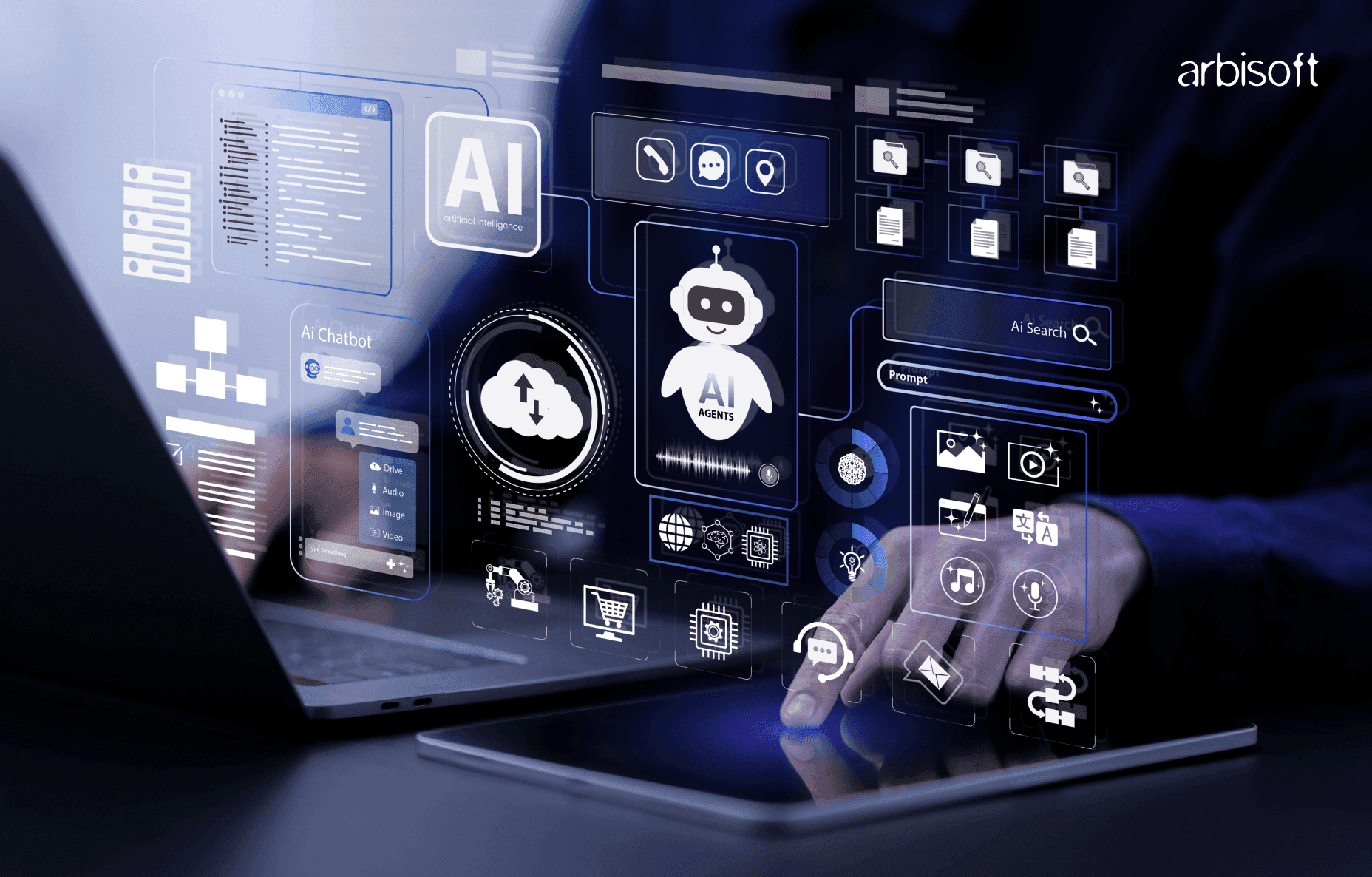
By the time you finish reading this sentence, an AI agent has already made a dozen decisions, from approving loans, diagnosing patients, to optimizing supply chains. Welcome to 2025, where task-specific AI agents aren’t just tools; they’re the invisible workforce reshaping industries.
The AI agent market is exploding. Valued at $5.4 billion in 2024, it’s rocketing to $47.1 billion by 2030, fueled by businesses racing to adopt specialized solutions. But here’s the kicker: 85% of enterprises are already using AI agents this year—because staying competitive means automating smarter, not harder.
Struggling to Choose the Right AI Agent Platform?
Get a side‑by‑side comparison of LangChain, Semantic Kernel & CrewAI, and skip hours of manual research.

Get Access to the AI Agent Matrix Comparison to Choose the Right AI Agent Platform

Why Task-Specific AI Agents?
Generic AI is so 2023. Today’s winners use vertical AI agents—hyper-specialized tools built for industries like healthcare, manufacturing, and finance. For example:
- AI agents analyze medical scans in healthcare with 95% accuracy, slashing diagnostic errors and saving hospitals $150 billion annually.
- Predictive maintenance agents cut downtime by 50%, boosting productivity by 25%.
- AI customer service bots resolve 80% of queries and reduce costs by 30%—no coffee breaks needed.
Take McKinsey’s underwriting AI as an example. It slashes document review cycles by 20–60%, turning weeks of work into hours. This isn’t just efficiency—it’s a $4.4 trillion productivity boom waiting to be unlocked.
And these AI agents aren’t just a trend either—they’re the new baseline. Companies using task-specific AI aren’t just saving time and money; they’re redefining what’s possible. Ready to join them? Let’s dive into how to build agents that will dominate tomorrow’s workforce.
How to Design Task-Specific AI Agents?
Your AI agent is only as good as its focus. Let’s cut through the noise - here’s how to build agents that deliver results, not just hype.
A. Define Clear, Narrow Objectives
72% of AI projects failed in 2024 because they tried to “do everything.”
Narrow-task agents hit 89% accuracy, while general-purpose bots flounder at 54%.
How to win:
- Build agents for specific workflows, like answering FAQs or spotting payment fraud.
- Use tools like CrewAI to create role-based teams.
B. Data-Centric Development
Poor data = poor results. Clean, labeled datasets boost agent performance by 40%.
Action steps:
- Use platforms like Chatbase to inject real-world context (e.g., slang, typos) into training.
- Ensure your data mirrors the real world. A healthcare agent trained only on young patients? That’s a lawsuit waiting to happen.
- GDPR and CCPA aren’t optional. 63% of customers ditch brands over data misuse.
Pets at Home is a good use case example that saved millions by training their AI on patterns of financial loss, proving even pet stores need sharp data strategies.
C. Model Selection & Fine-Tuning
Now that we have established that bigger isn’t always better.
What works:
- Use GPT-4 or Claude 3.5 for language tasks, then fine-tune them with your proprietary data.
- Need to route customer queries fast? Models like Claude Haiku slash costs by 70% and still nail 95% accuracy.
82% of companies now mix large and small models to balance cost and performance.
In simpler terms - Narrow focus + clean data + smart model choices = AI agents that actually work.
Next up is how to keep them safe and reliable (spoiler: it’s not just coding skills).
AI Agents Safety & Reliability
Now, safety isn’t optional. Let’s bulletproof these agents.
Measures Against Hallucinations
Around 43% of AI failures in 2024 involved agents inventing facts or making risky suggestions.
Here’s how to fix it.
- Restrict outputs to verified databases. For instance, WotNot’s AI agents auto-escalate low-confidence queries to humans, cutting errors by 90%.
- Simulate edge cases like “How do I launder money?” or vague requests. Teams using evaluator-optimizer workflows catch 65% more flaws before launch.
Security & Ethical AI
Hackers now target AI systems 300% more than in 2023.
Some of the defense tactics that can come in handy include:
- Fight AI with AI at your side. 62% of companies deploy AI-driven security tools to spot attacks in real time.
- Anthropic’s “Model Context Protocol” logs every decision, making audits as easy as checking a receipt.
- Are you planning on skipping bias testing? 78% of users notice, and 52% will sue.
The cost of these failures comes with a hefty price tag. Data breaches involving AI agents cost companies $4.5M on average in 2025.
Next, let’s see how to scale these AI agents without chaos.
Scalability Strategies for Enterprise Deployment
Think your AI agent can’t handle 10,000 tasks at once? Think again. Scaling isn’t about brute force—it’s about smart design.
1. Modular Architecture
Modular Architecture lets you build AI agents as interchangeable, purpose-built components that adapt and scale with your needs. Use frameworks like LangGraph to create systems where agents work together (e.g., one tracks inventory, another predicts shipping delays).
Companies using modular designs launch agents 50% faster and adapt to new tasks in hours, not weeks.
2. Cloud-Native Solutions
With cloud-native solutions, integrate agents seamlessly into existing systems using plug-and-play platforms—no tech stack overhaul required.
Platforms like Microsoft Semantic Kernel plug AI agents into existing tools (CRM, ERP) without rebuilding your tech stack.
Coca-Cola’s AI generated 1 million+ personalized postcards in days using cloud agents. Sales jumped 18%.
89% of enterprises now run AI agents on hybrid or public clouds for instant scalability.
3. Continuous Learning
Keep agents sharp with real-time data updates, ensuring they evolve as fast as your business does with continuous learning.
Agents that don’t learn are dead weight.
Auto-retraining pipelines that update agents with live data can help with this. (e.g., Shopify’s order tracker adjusts to new buying trends hourly) Brands using real-time learning see 40% fewer errors and 25% faster response times.
A pro tip is to start with weekly retraining cycles, then go live as you nail data pipelines.
Trends Shaping It
Think your AI agents will stay relevant in 2026? Maybe not. The next wave of innovation is already here—and it is moving fast!
1. Multi-Agent Collaboration
Say hello to AI teams that work smarter than humans.
Systems like Salesforce Agentforce let AI agents autonomously collaborate, like a fraud detection bot flagging suspicious activity while a payment processor freezes transactions in real time. No hand-holding or spoon feeding required.
Companies using multi-agent systems report 40% faster decision-making and 30% fewer errors in complex workflows like supply chain management.
By 2026, 70% of enterprises will deploy multi-agent systems for cross-departmental tasks, up from 25% today.
2. Dynamic Agents
AI that learns on the fly? Yes, really.
Tools like Google’s Gemini 2.0 Flash Thinking Mode let AI adapt to new tools without retraining. For instance, a customer service agent can instantly master a new CRM platform mid-conversation. These agents use “contextual memory” to apply past learnings to new scenarios, cutting setup time by 50%.
Dynamic agents reduce operational costs by 35% in industries like logistics, where tools and regulations change weekly.
3. Human-AI Co-existence
Humans + AI make a perfect and durable duo.
55% of employees now delegate repetitive tasks to AI assistants, freeing up 12 hours a week for strategic work. For instance, McKinsey’s AI tools cut employee onboarding time by 90%, letting new hires focus on high-impact projects from day one.
AI will evolve from “assistant” to “co-pilot” with greater speed, offering real-time suggestions during creative tasks like product design or campaign planning in 2026.
Key Takeaways for Developers
Building AI agents is about smart, small steps that guarantee wins. Here’s your cheat sheet.
- Start Small, Win Fast - Pilot agents in low-risk areas like FAQ bots or invoice processing. Teams that start small scale successfully 3x more often than those aiming for moonshots.
- Safety isn’t Optional - Use sandbox testing and ethical checklists before launch. Companies with strict safety protocols avoid 90% of breaches costing $4.5M+ each.
- Invest in Frameworks, Not Hype - Tools like LangChain cut development time by 50% by simplifying complex workflows. Reuse successful modules instead of coding from scratch.
- Measure What Matters - Track KPIs like accuracy (aim for 95% +), cost savings, and user satisfaction. 78% of high-performing AI teams review metrics weekly to tweak agents.
So, when designing components like memory systems or tool integrations, revisit our deep dive on AI Agent Architecture for technical grounding.
Start today, iterate fast, and let results speak louder than code.








